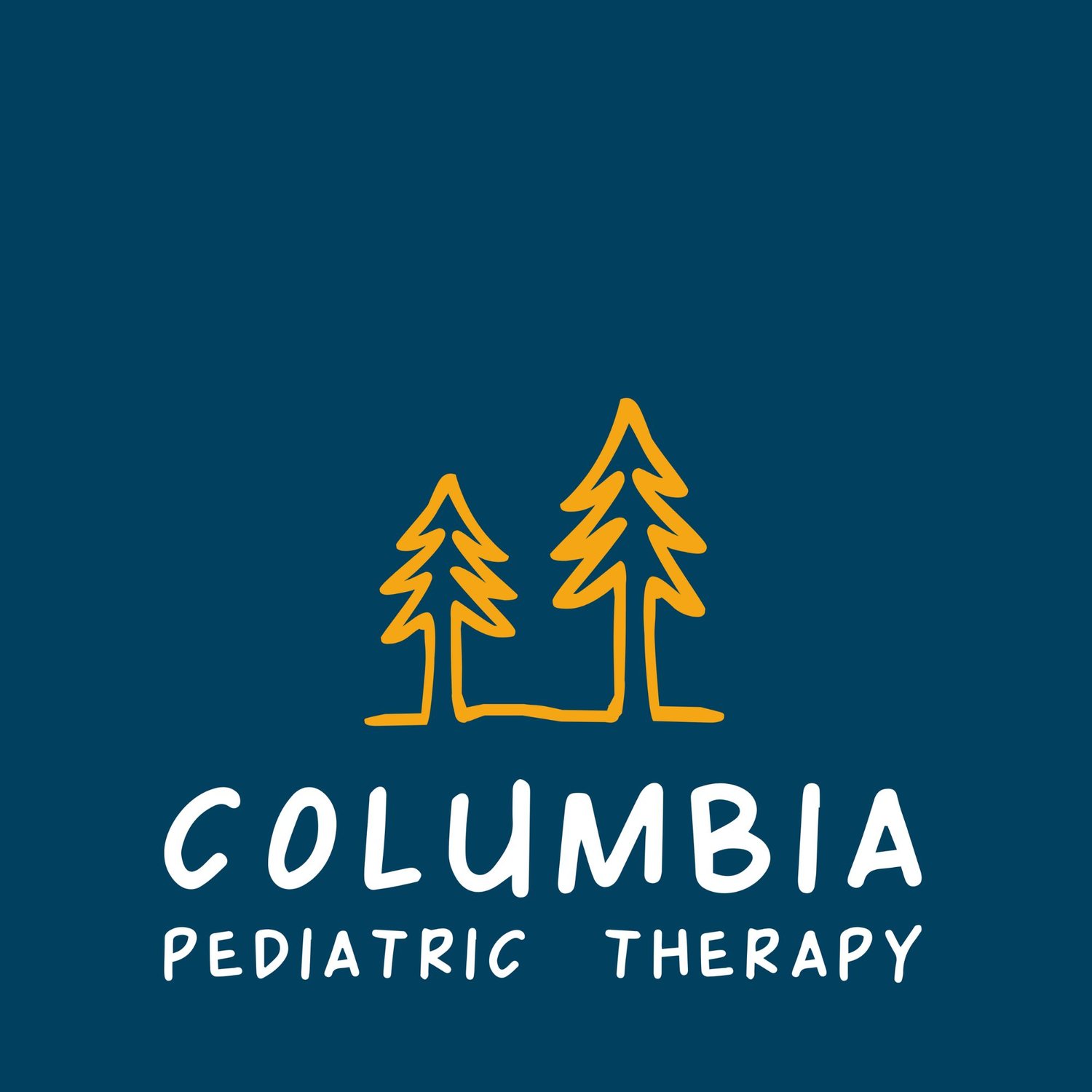Orofacial myofunctional disorders in children: symptoms and early intervention
As parents, we want the best for our children, especially when it comes to their health and well-being.
We pay close attention to their physical development and overall growth. We follow along and support the developmental milestones expected for their age. However, it is sometimes easy to miss signs of certain disorders or growth differences that can affect their oral health and speech, including orofacial myofunctional disorders (OMDs). This article will provide parents with an understanding of OMDs, common causes, their signs and symptoms, and the importance of early recognition and intervention.
What are Orofacial Myofunctional Disorders (OMDs)?
OMDs are functional and structural disorders affecting the muscles and functions of the face, mouth, and throat. OMDs can impact swallowing, breathing, speech, and facial growth, including the palate and other important oral/facial structures.
What are the causes of Orofacial Myofunctional disorders?
OMDs arise for various reasons, often related to atypical oral behaviors or structural differences.
Thumb sucking
Tongue thrusting
Mouth breathing due to blocked nasal airways
Orofacial physical structure anomalies
According to the American Speech-Language-Hearing Association (ASHA), OMDs typically arise from a combination of factors.
What are the signs and symptoms?
There are some clear signs and symptoms indicating an orofacial myofunctional disorder.
Children with OMDs may exhibit speech difficulties. This could include speaking with a lisp, difficulty pronouncing certain sounds, or demonstrating persistent open-mouth posture.
Breathing irregularities, such as chronic mouth breathing, snoring, or frequent congestion, can be indicative of an orofacial myofunctional disorder.
Dental malocclusions may be a consequence of improper tongue posture or swallowing patterns. Check for misaligned teeth, open bite, overbite, or crossbite patterns. These malocclusions are also associated with articulation disorders.
Prolonged thumb sucking, pacifier use, or excessive bottle feeding beyond infancy can be correlated with OMDs.
OMDs may present as a weakness or imbalance in facial muscles. You will notice difficulty closing lips fully, drooping mouth corners, or poor oral muscle control. Swallowing difficulties, such as food or liquid spillage, frequent choking, or a noticeable swallowing pattern, can be signs of an OMD.
If you notice any of these signs or symptoms, you’ll want to address it immediately.
Why does early recognition and intervention matter?
Recognizing and addressing OMDs early on is crucial for several reasons.
Promoting proper growth and development.
Timely intervention can help correct orofacial muscle imbalances, leading to correct facial growth, better oral posture, and proper alignment of teeth and jaws.Enhancing speech and communication skills.
OMDs can significantly impact a child's ability to speak clearly. Early intervention can help improve speech patterns and articulation, allowing for better communication skills.Preventing dental issues down the road.
Correcting oral habits and improving oral muscle function can reduce the risk of dental malocclusions and other related dental problems. You might also help your child avoid potential orthodontic treatments later in life.Improving overall well-being.
Proper oral muscle function and nasal breathing contribute to better sleep quality, enhanced focus, and improved overall health and well-being.
If you suspect your child has an OMD, it is advisable to consult a qualified orofacial myofunctional therapist or a speech-language pathologist (SLP) with specific OMD training. These professionals specialize in assessing and treating OMDs, by tailoring therapy programs to address your child’s specific needs and goals.
Take the next steps with Columbia Pediatric Therapy
Recognizing orofacial myofunctional disorders in children is crucial for their oral health, speech development, and overall well-being. OMDs can impact breathing, eating, and sleep, crucial components for the development of happy, healthy children and teens.
Understanding the signs and symptoms of OMDs is the first step. Seeking professional guidance is the next step to setting your child on a path for optimal oral health and successful communication skills.
If you are wondering whether your child has an OMD, reach out to the experts at Columbia Pediatric Therapy. Their skilled SLPs will assess your child’s needs and recommend the optimal intervention plan.
Contact Columbia Pediatric Therapy or complete the initial contact form to get started today.

